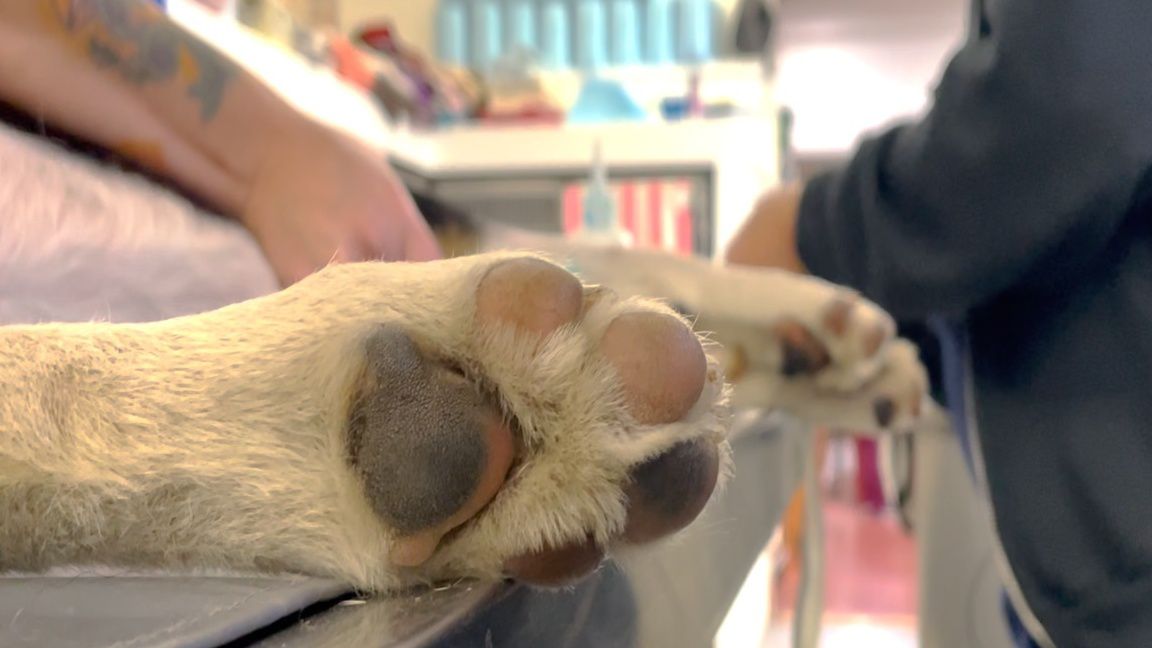Many of us have been spending a lot more time at home over the last year or so, and our pets have gotten used to that routine. As we prepare to spend more time away, pets need to get used to that, too.
“Some dogs that have been used to you being gone, all [of a] sudden you’re home now," said Maureen Davison, the executive director of HumaneCNY. "You’re the center of their life. So they are going to maybe act out a little when you return. Some dogs are going to be OK. It’s not going to happen to every dog.”
If your dog has a big behavior change, that could be separation anxiety. It’s more than a whimper when you leave, or possibly destructive boredom.
Keep an eye out for scratching or whining at the door when you're gone or while you’re picking up your keys. Excessive barking while you’re getting ready to leave or out of the house is another sign. If they chew furniture or urinate while you’re gone, those could be symptoms, too.
“The best thing to do is recognize it first," said Davison. "Make sure there’s no change in their medical condition. And then if you need to work with them, I guess, practice leaving. Leave for a little while and come back. They just need to be reconditioned to know that you are returning.”
Also, make sure your dog has plenty to do, according to the ASPCA. Take them for long walks, play games like tug-of-war and give them puzzle toys stuffed with treats. A tired dog has less energy to be anxious.
The ASPCA recommends not punishing or scolding your dog, because separation anxiety is a sign of stress, not disobedience.
For more tips and tricks on preventing and treating separation anxiety in pets, visit the ASPCA or American Kennel Association websites.







